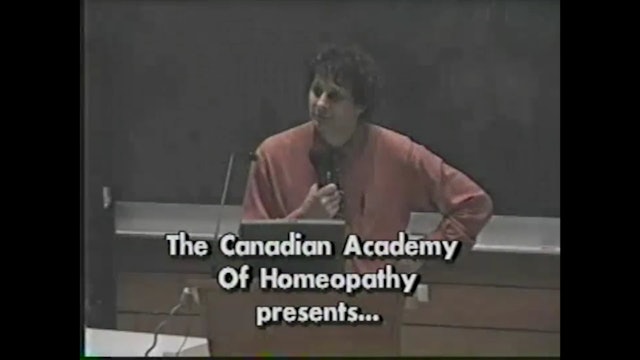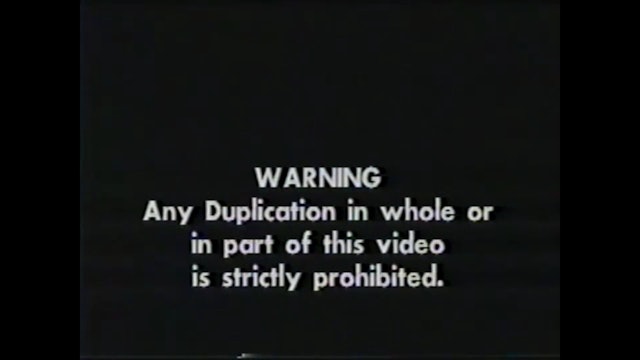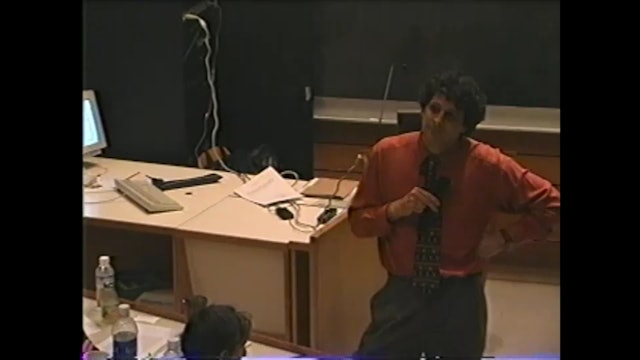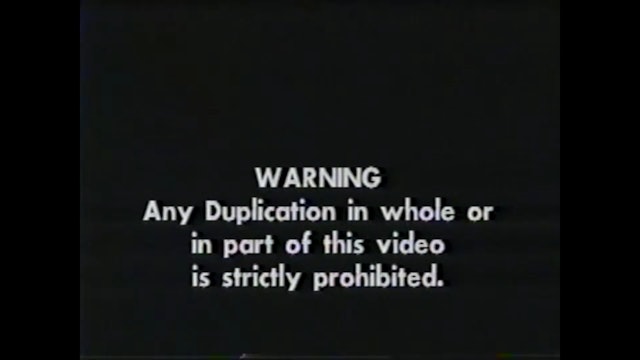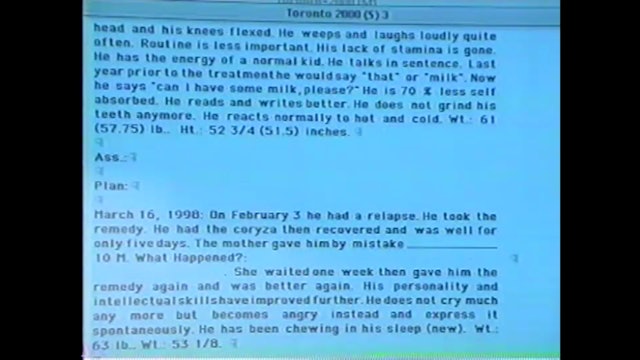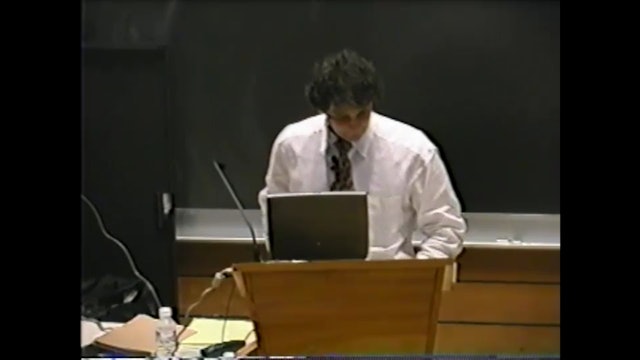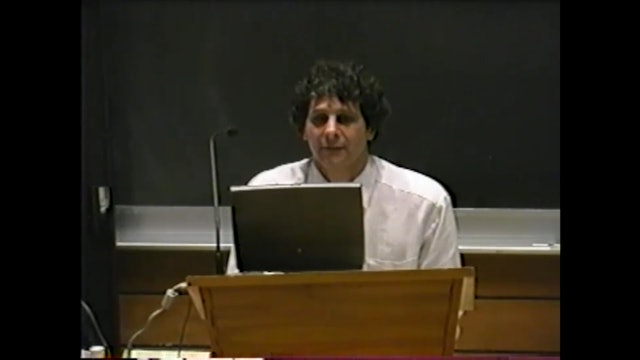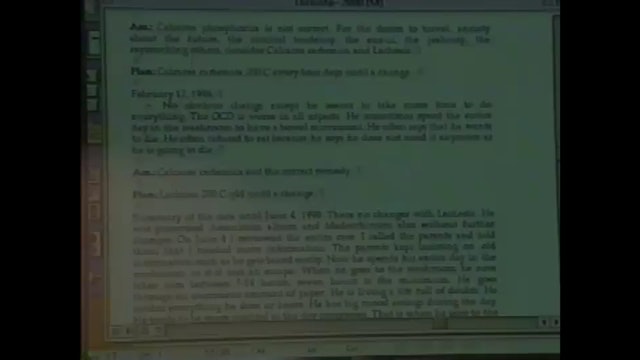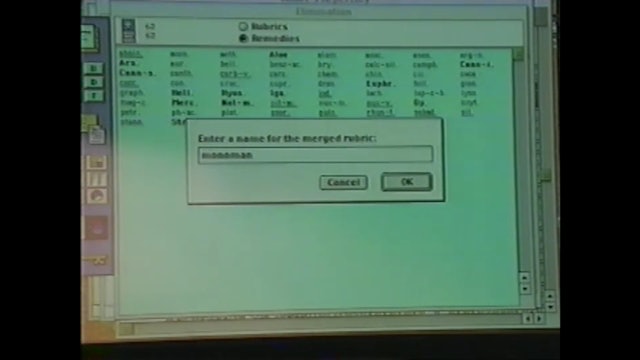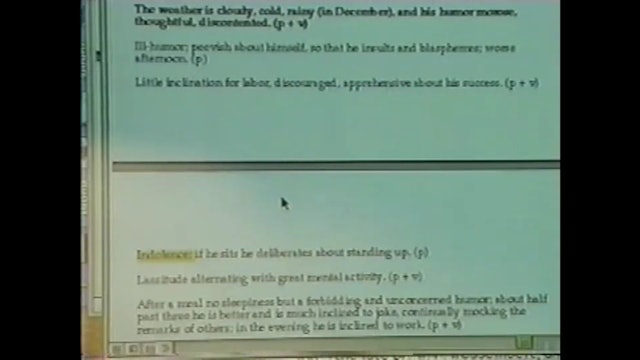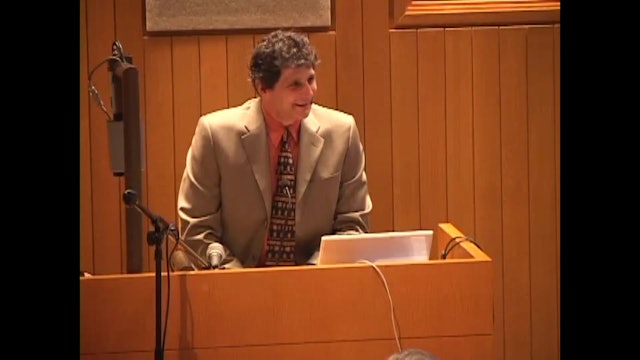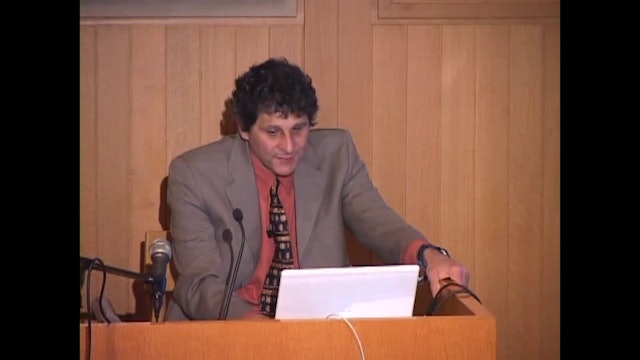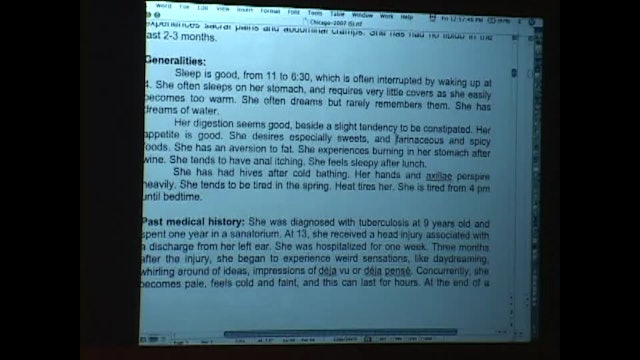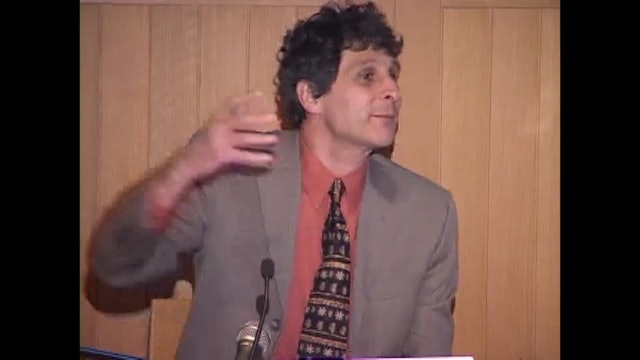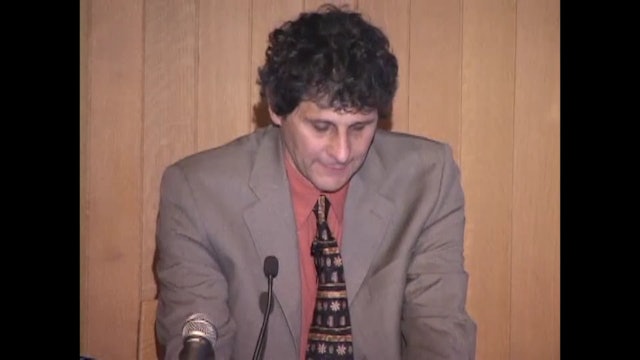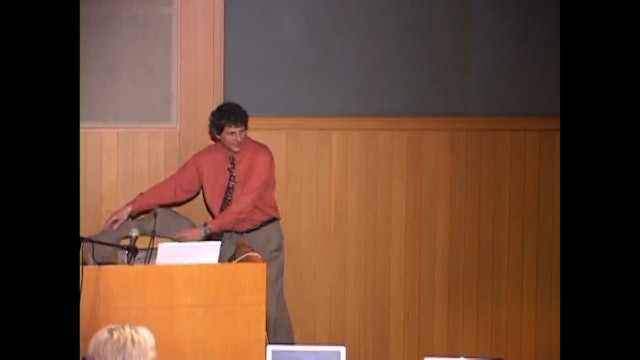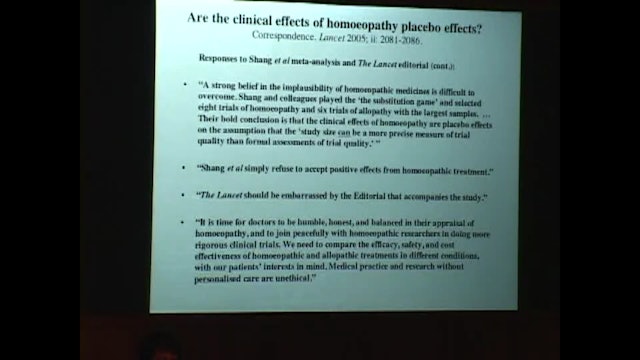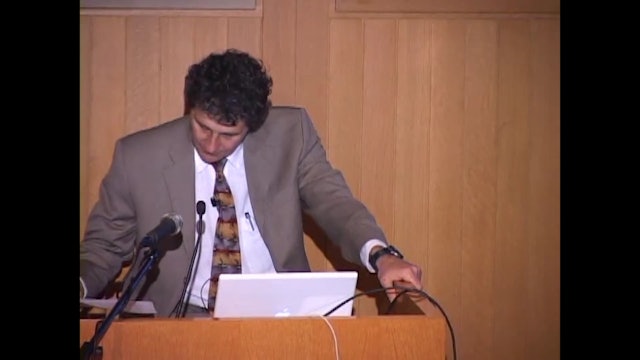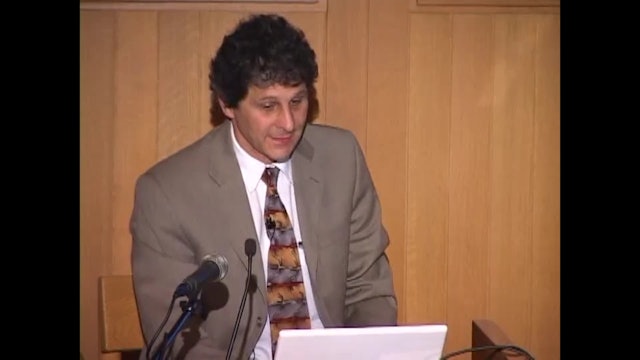Resolving Difficult Cases
In this series on Resolving Difficult Cases, partly filmed live classes and part webinars, Dr. Saine discusses the different reasons for failure in homeopathic prescribing and demonstrates successful prescribing with live case taking and with detailed reviews of complex cured cases.
Dr. Saine identifies common pitfalls in prescribing for difficult cases (i.e. relying too heavily on common symptoms of the disease, like teeth grinding in an autistic child) that lead to poor prescriptions. In this invaluable seminar you will learn to identify the common errors in prescribing for unresolved cases and valuable tools often to approach these cases from a different angle, to be able to more easily find the simillimum.
Patients with serious pathologies also present mighty challenges to the homeopathic practitioner for the following three main reasons: first, they require that the practitioner has a very good knowledge of pathology; second, they require great accuracy in prescribing; and third, the posology must be impeccable.
When better-proved remedies are not indicated in a case, or they have failed to bring substantial curative changes, less-commonly prescribed remedies must be considered. How do we choose them? Dr. Saine examines cases from his own practice as well as from other reliable prescribers where these less-commonly prescribed remedies were keys to trigger the curative reaction.
Many important principles of the clinical application of homeopathy will thus be illustrated, such as the use of lesser-known remedies (par. 162-164), dissimilar diseases (par. 35-42), intercurrent diseases (“mishaps” and “morbid intercurrentes”), defective diseases (par. 172-177), the importance of old symptoms, the importance of local symptoms, the importance of etiology, the chronicity of acute cases, the importance of cured symptoms for prescribing, the issue of pathological prescribing, the place of nosodes, apsoric chronic cases, the importance of symptoms never experienced by the patient, etc.
-
Handouts_ResolvingCasesPrescribedRemedies.pdf
343 KB
-
Handouts_ResolvingDifficultCases.pdf
193 KB
-
ResolvingDifficultCases_B.pdf
193 KB
-
TacklingPatientswithSeriousPathologies2015.zip
2.48 MB
-
ResolvingDifficultCases_A.pdf
193 KB
-
ResolvingDifficultCases_01a
-
ResolvingDifficultCases_02a
-
ResolvingDifficultCases_02b
-
ResolvingDifficultCases_03a
-
ResolvingDifficultCases_03b
-
ResolvingDifficultCases_04a
-
ResolvingDifficultCases_04b
-
ResolvingDifficultCases_05a
-
ResolvingDifficultCases_05b
-
ResolvingDifficultCases_06a
-
ResolvingCases_LessPrescribedRemedies_01a
-
ResolvingCases_LessPrescribedRemedies_02a
-
ResolvingCases_LessPrescribedRemedies_03a
-
ResolvingCases_LessPrescribedRemedies_04a
-
ResolvingCases_LessPrescribedRemedies_05a
-
ResolvingCases_LessPrescribedRemedies_06a
-
ResolvingCases_LessPrescribedRemedies_07a
-
ResolvingCases_LessPrescribedRemedies_08a
-
ResolvingCases_LessPrescribedRemedies_09a




